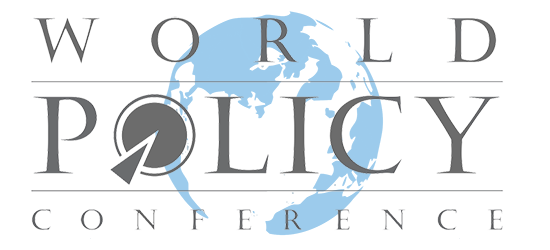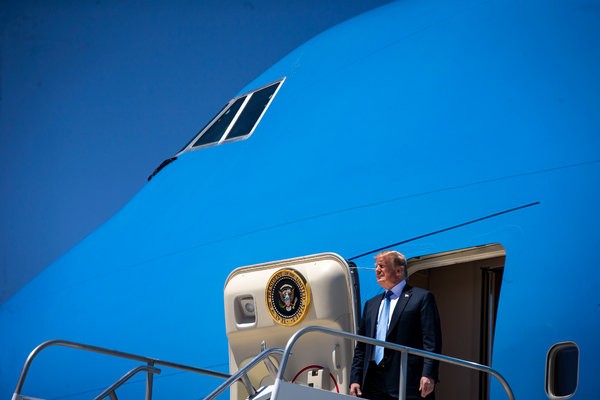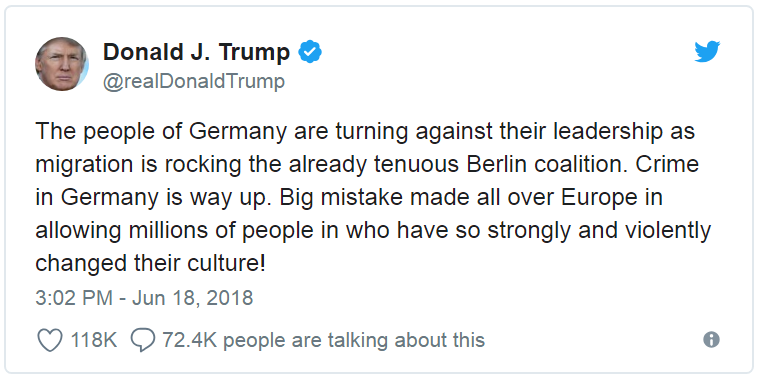June 26, 2018
Steven Erlanger, The New York Times
BRUSSELS — NATO has been preparing for its July summit meeting for a year now, but there is one wild card: President Trump.
Nobody knows which president will show up — the truculent one railing about inadequate military spending by the allies or the boastful one taking credit for recent spending increases.
Either way, NATO members say they fear that all the preparation and the desire to show solidarity in the face of a new Russian threat will be overshadowed, if not undone, by a divisive encounter followed by Mr. Trump’s prospective summit meeting with the Russian president, Vladimir V. Putin.
The European allies are deeply worried that they will confront the Trump who was on display at the meeting in June in Canada of the seven major economies, known as the Group of 7, or G-7. Those in the room described him as angry, mocking, wandering and rude, especially to the host, Canada’s prime minister, Justin Trudeau, and to Chancellor Angela Merkel of Germany.
There, Mr. Trump focused on two of his fixed ideas: the unfairness of trade with European allies and their inadequate level of military spending. He then departed early for Singapore, where he met with and praised the North Korean dictator, Kim Jong-un.
The Trump administration regards Western European nations as free-riders on an American-funded, postwar peace that enabled them to build lavish social benefit systems because they spent so little on defending themselves. He has also made clear that he thinks the European Union, as a trading bloc, has taken advantage of American generosity.
European and some American officials say they dread the same pattern — a noisy, divisive NATO summit, damaging deterrence, followed by a chummy meeting with a dictator, in this case Mr. Putin, whose long-term goals are to destabilize the European Union, undermine NATO and restore Russian influence over Eastern Europe, the Baltic States and the Balkans.
Whatever the organization has prepared, “the only real deliverable for NATO summits is solidarity and cohesion,” said Douglas Lute, a former American general and ambassador to the organization. “But that is at risk because the odds are that Trump will deliver a G-7 performance. And I fear that we will come out of this summit with symbols of division.”
R. Nicholas Burns, a former NATO ambassador and career diplomat who served both Republican and Democratic administrations, asked: “Which Trump will show up?”
The headline for the summit meeting, he said, “should be about NATO’s containment of Russia in Eastern Europe, but Trump might blow it all up for Putin.” If Mr. Trump “arrives pushing dialogue with Russia with no clear deliverables from Moscow in return, it will make a mess in NATO.”
Even senior American officials said they had no clarity on Mr. Trump’s intentions for this meeting. They have told senior European officials that a lot will depend on Mr. Trump’s mood as he arrives and what is being highlighted on his favorite American news media outlets such as Fox News. And no one expects him to sit quietly through nearly two days of normally mind-numbing speeches by at least 28 other leaders.
For its two-day meeting on July 11 and 12 in its new headquarters (which Mr. Trump has disparaged), NATO has prepared significant steps to enhance deterrence against Russia.

Defense Secretary Jim Mattis has built support for a plan to fill the gap between the small “spearhead” forces now deployed in Poland and the Baltic States and what would be a slow reinforcement of troops. His plan, known as “30-30-30-30,” would require NATO to assemble a fighting force of 30 land battalions, 30 aircraft squadrons and 30 warships within 30 days.
Who would deploy those forces is still to be decided, but NATO is also planning to sign off on a revised command structure, including two new commands, one devoted to troop mobility and one to maritime security. There will be agreement on an enhanced NATO training mission in Iraq and on putting more effort into cyber warfare and counterterrorism.
But if there is a repeat of the Group of 7 haranguing, with public criticism of the allies, the Europeans will be caught, one NATO official said, between smiling as they are attacked or choosing to challenge Mr. Trump, which they know will almost surely go badly and make them the target of his next Twitter blast.
Julianne Smith, director of the Trans-Atlantic Security Program at the Center for a New American Security, said that “European officials are thinking about how to respond, about what it costs them politically at home and what it costs them bilaterally, with Washington.”
The Europeans are also anxious about the fate of Mr. Mattis, who is an outspoken supporter of the NATO alliance and an aggressive stance toward Russia.
With John Bolton as national security adviser and Mike Pompeo as secretary of state, Mr. Trump has rejected the defense secretary’s advice on North Korea and on preserving the Iran nuclear deal.
At the Group of 7 meeting, Mr. Trump approached some European leaders and asked them for their thoughts on Mr. Mattis, said Ms. Smith, who was deputy national security adviser to Vice President Biden.
“It was awkward for them and might be the kiss of death,” if they praised him, she said, “so they said deliberately that he is being so tough on us on 2 percent defense spending, to try to save the guy.”
Everyone understands that Mr. Trump will want a discussion about “burden-sharing” and the commitment of all NATO allies, made at their Wales summit meeting in 2014, to aspire to spend 2 percent of their gross domestic product on defense and 20 percent of military spending on equipment by 2024.
But they worry about how heated, and how public, it might get. Mr. Trump’s past comments suggest that he thinks that there is some NATO treasury to which members owe dues, and that allies are behind on their payments.
In fact, what happens is that each country decides its own military spending. And as the secretary general of NATO, Jens Stoltenberg, keeps pointing out, the level of non-American allied military spending has gone up some $87 billion since 2014 and continues to grow.
In a speech last week, the United States assistant secretary of state for European affairs, A. Wess Mitchell, acknowledged progress in military spending, while urging greater efforts.
“Since January of last year, every member of NATO but one has increased defense spending,” he said.
“The number that will spend 2 percent of GDP on defense by 2024 has more than tripled (from five to 18). The number allocating at least 20 percent of their military spending to major equipment purchases has more than doubled (from 14 to 26). And the alliance as a whole has increased military spending by 5.2 percent (or $14.4 billion) — the largest one-year surge in defense spending in a generation.”

But there are European concerns that Mr. Trump will try to tie military spending to trade issues at the meeting, especially with Ms. Merkel.
“If Germany needed another wakeup call about Trump, the G-7 was it,” said Daniela Schwarzer, director of the German Council on Foreign Relations. “With potential tariffs on European cars and the NATO summit, the pressure on Germany is growing,” she said.
Berlin is also concerned about potential American sanctions aimed at the Nord Stream II pipeline from Russia to Germany, bypassing Ukraine and Poland, new tariffs on foreign cars, and American secondary sanctions against European companies that might invest in Iran to try to save the Iran nuclear deal.
So there are discussions in Germany and France about how to increase leverage on Washington, a new concept.
“How do we deal with an incalculable if not hostile and problematic partner?” Ms. Schwarzer asked, noting a Twitter message from Mr. Trump that appeared to call for Ms. Merkel’s overthrow.
“We’ve been allies and partners, but now with Trump we are competitors, and he is implementing policies aimed against Europe,” she added. That made it harder for politicians to sell increased military spending, she said, because it would look like giving in to Mr. Trump.


